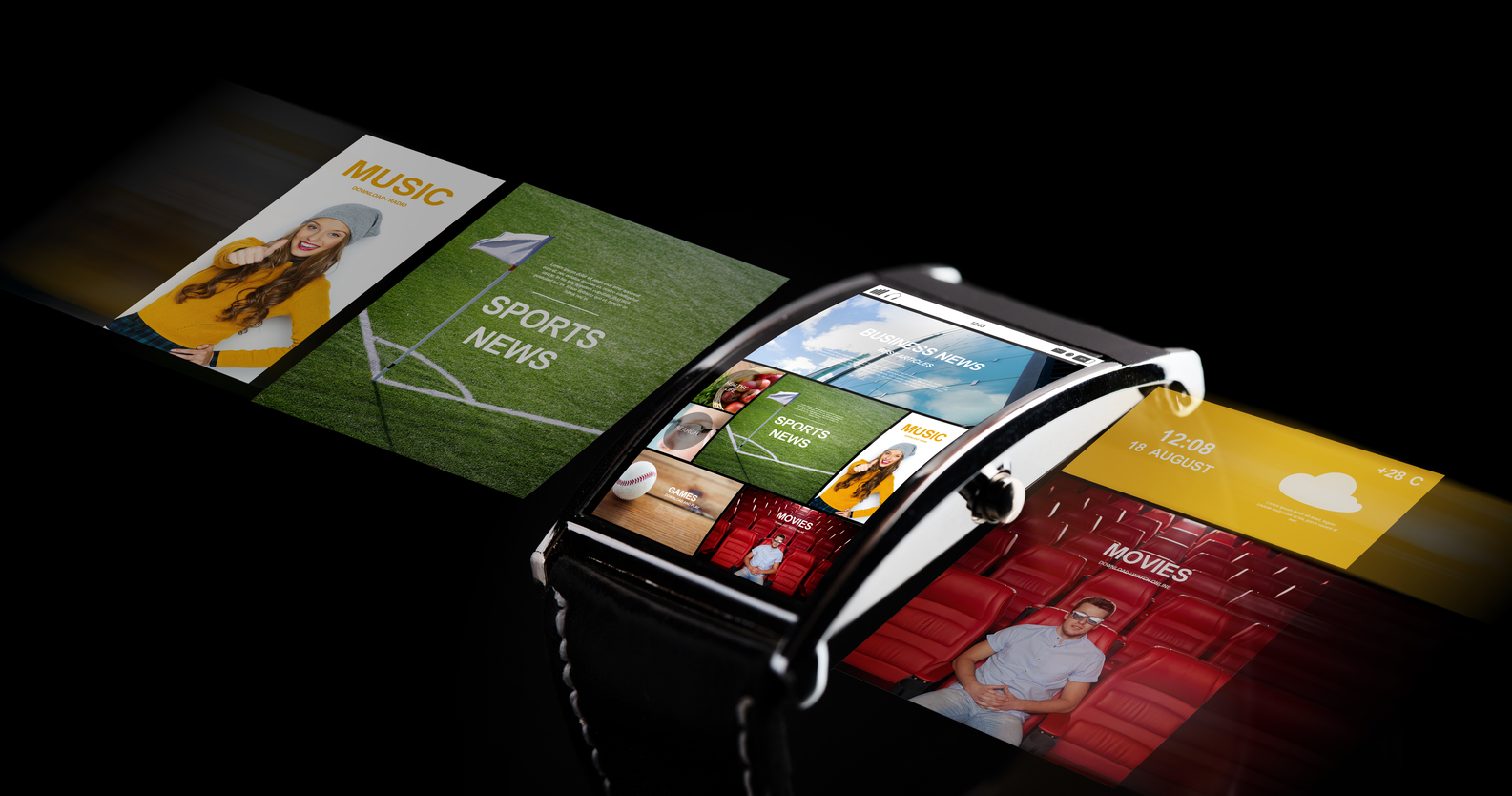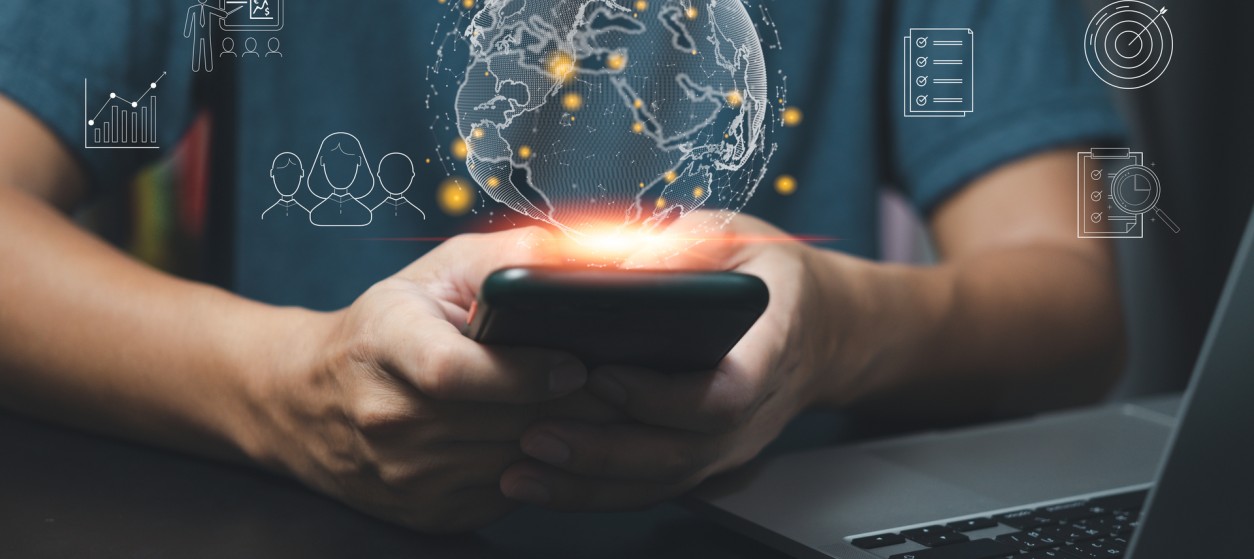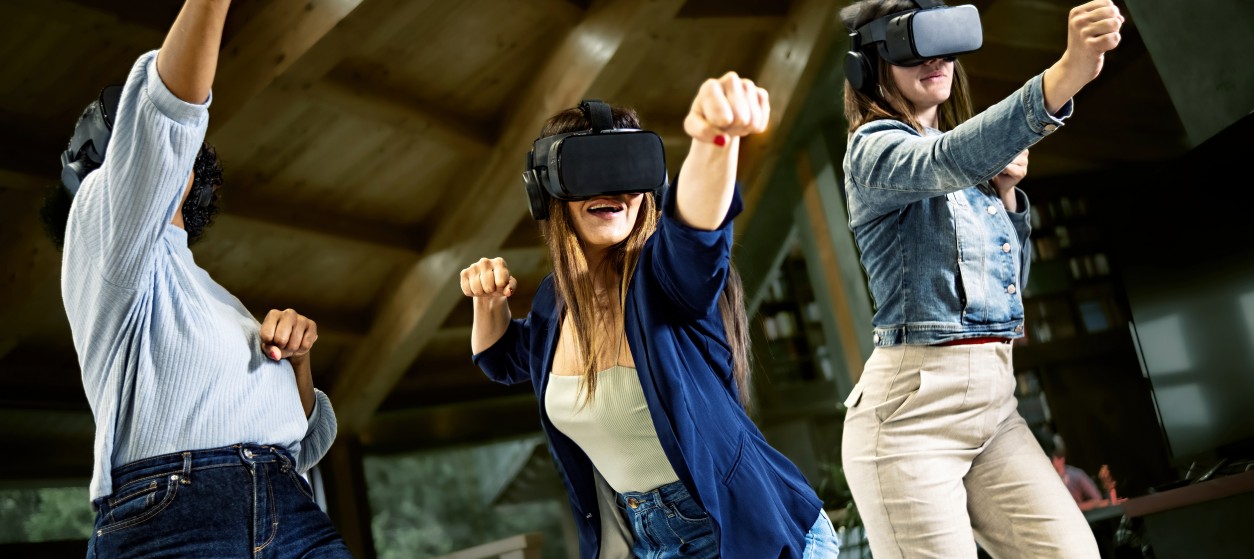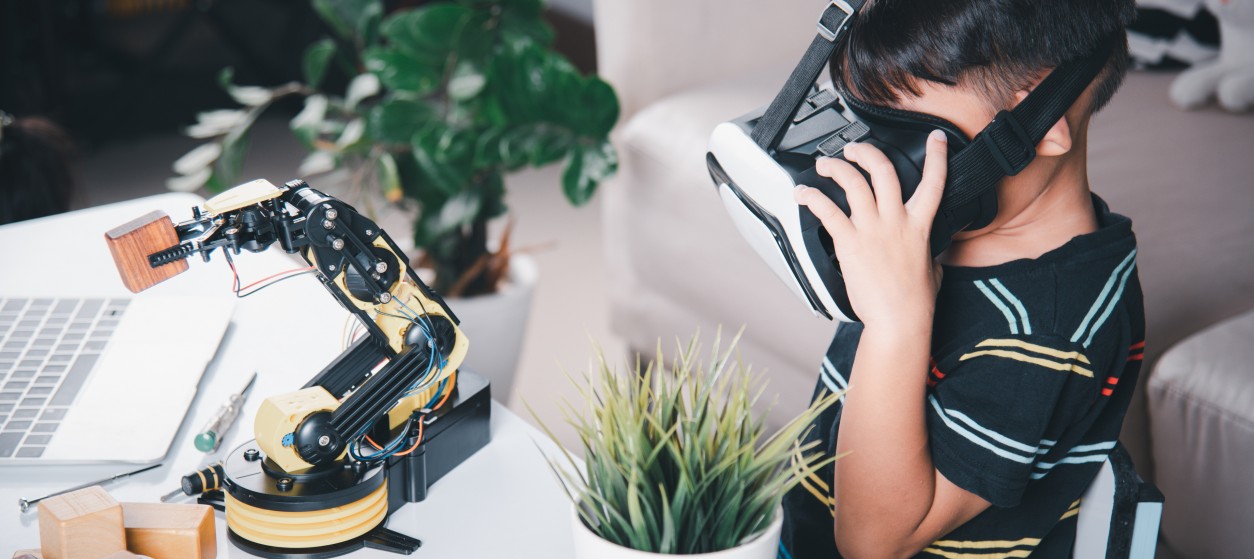It’s no longer an overhyped prediction, but rather a reality: billions of pervasive devices are penetrating our lives and digitizing our working environments and lifestyles. A significant portion of these devices are wearables i.e. small electronic devices, which comprise of one or more sensors and are associated with clothing or worn accessories such as watches, wristbands, glasses and jewelry. Gartner has recently reported that hundreds of millions of wearable devices are already sold worldwide, leading to multi-billion dollar sales.
There are different types of wearables, which comprise a variety of sensors (e.g., light, sound, speed/acceleration, humidity) and support a variety of calculations ranging from deducing simple speed averages to electrocardiography value calculations. As such, wearables can serve many different purposes and applications. They are increasingly used in various application domains, including both consumer-oriented sectors (e.g., fitness and sports, fashion and apparel, home automation, gaming) and non-consumer oriented ones (e.g., defense and security, industrial environments). In this post, we present the significant impact of wearables’ on five sectors, where these devices are already deployed and used in many innovative ways.
Fitness and Lifestyle Management
The majority of wearable devices sold nowadays are used for fitness and lifestyle management. Wearables such as smartwatches (e.g., Apple’s iWatch) and sleek wristbands (e.g., Fitbit’s Flex) are increasingly used for tracking our everyday activity, providing motivation for exercise and keeping track of our heart rate. These wearables typically use heart rate sensors, Global Positioning System (GPS) sensors and an accelerometer, along with apps that enable tracking and provision of real-time statistics about a user’s fitness activity. Their popularity has led not only device vendors, but also sportswear companies (e.g., Nike, Adidas) to offer wearable products for their customers. While watches and wristbands are the most popular fitness devices, there are also body-worn smart textiles (e.g., T-shirts) which comprise of embedded sensors able to track heart rates and other user parameters.
Wearables’ added-value for consumers is not confined to the capabilities provided by the fitness device, but rather extended to the ability to process activity data as part of a wider ecosystem of apps. The latter provide access to performance statistics, personalized coaching and fitness tips, nutrition guidelines and more. For example, the Apple watch is fully integrated into the Apple ecosystem, while the Adidas wrist device is supported by the company’s miCoach cloud-based platform.
Healthcare
Wearable’s deployment in healthcare is closely related to their use for fitness and lifestyle management. As a prominent example, wearables can facilitate preventative care for people at health risk. In particular, wearable devices can provide healthcare practitioners with detailed insights on the behavior of their patients, which can be used for disease prevention and early diagnosis, as well as more personalized and targeted treatment interventions.
In addition to remote monitoring of the patients’ condition, the use of wearable facilitates the patients’ themselves to better manage and control their disease. By providing them with reminders, alarms and notifications that helps them take care of themselves. Notifications may be, for example, for medication, the daily movement or exercise patterns of the user, or even sudden changes in his/her heart rate. Furthermore, based on predictive analytics, wearable applications can also provide recommendations to patients about the progress of their disease and the need to visit their practitioner.
The proliferating deployment of wearables is expected to have implications on the business models and operation of both healthcare services providers and insurance companies. This is due to the availability of large amounts of data about the patients, which provide better visibility on the risk factors and eventually gives rise to more personalized and effective services.
Worker Safety
Workplace safety is one of the major concerns for industrial organizations (e.g., manufacturers, energy providers, construction companies), especially in cases where their employees work in harsh environments such as chemical plants, industrial plants and refineries. Wearables can contribute by alleviating these concerns, through continually tracking the workers’ location and detecting their exposure to harmful elements. Typical use cases include:
- Monitoring workers’ condition in order to timely identify situations where they need help. Such situations can be detected based on abnormal behavior, changes in their body temperature and more.
- Assisting workers to perform their tasks, through access to documentation, recommendations and other information for on the job decision making (e.g., troubleshooting tips).
- Alerting workers of the existence of dangerous environmental conditions, while at the same time facilitating their interaction with their supervisors and control centers.
Law Enforcement
The use of wearables in law enforcement tasks bear some similarities to their deployment in industrial environments for safety purposes. For example, the integration of wearable devices in the garments of law enforcement officers enables the continuous tracking of their location and vital signals, as well as the transmission of this information to the operations center of the law enforcement agency (e.g., using WiFi enabled textiles). Nevertheless, wearables introduce features that can greatly enhance the productivity of law enforcement officers through communicating rich information about their surrounding environment, improving their collaboration with colleagues during missions and enabling fast verification of information. In particular:
- Optical, head-mounted technologies can be used for recording information and providing it to the headquarters’ video servers.
- Body Worn Cameras (e.g., high-capacity cameras attached to an officer’s cup, collar or sunglasses) can facilitate treatment of suspects and timely handling of complaints.
- Wrist-Worn Computers can enable for flexible and quick access to computer based functionalities (e.g., calls, texts, e-mails).
Retail and Infotainment
Wearables can also be used to enhance shoppers’ experience in retail shops, while at the same time facilitating the implementation of new digital marketing techniques. In particular, wearable technologies are used in the scope of retail stores in order to transform the traditional shopping experience into an infotainment activity. To this end, disruptive wearable technologies by major vendors (e.g., Microsoft HoloLens, Oculus Rift, Samsung Gear VR) are integrated with the digital infrastructures (e.g., kiosks) of large shopping malls. The goal of this integration is to enhance the buying experience with timely information about offers, news and other information relating to the shops in the mall, while at the same time profiling customers so as to offer them loyalty propositions and other rewards.
Back in 1989, Marty McFly in the movie ‘Back to the Future II’ brings to the family dinner table, a hideous headset that lets him make calls and watch TV. Twenty-five years later, it is no longer a far-out concept and has in fact become a reality at every dinner table around the world. Practically everyone either owns a wearable or desperately wants one. As wearables improve both consumers’ lifestyle and fashion statement it is becoming embedded in our daily life.
The deployment of this technology can still be challenging when it comes to integrating it or innovating one for your business processes. But since this trend is here to stay it’s best to embrace it and be part of the revolution.









